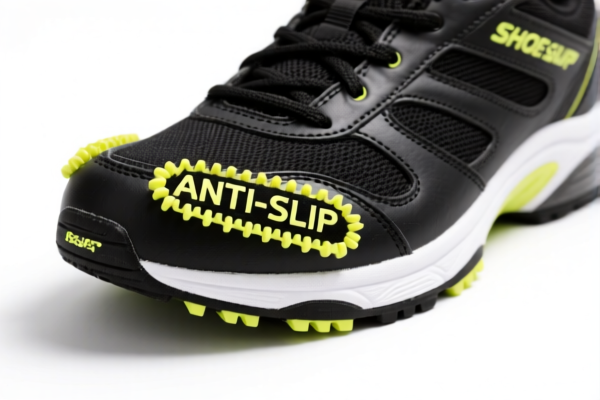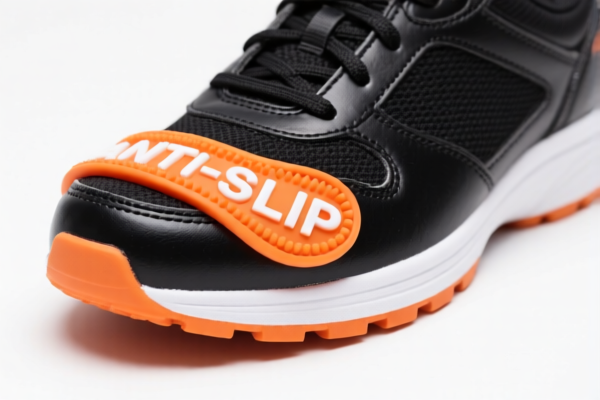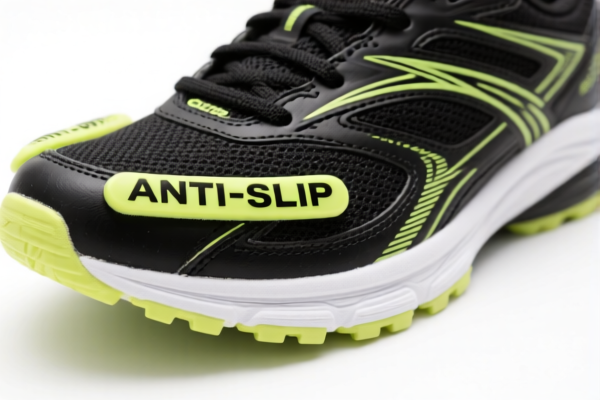| HS Code | Official Doc | Tariff Rate | Origin | Destination | Effective Date |
|---|---|---|---|---|---|
| 6406903030 | Doc | 35.3% | CN | US | 2025-05-12 |
| 3926909989 | Doc | 42.8% | CN | US | 2025-05-12 |
| 3901901000 | Doc | 55.0% | CN | US | 2025-05-12 |
| 3914006000 | Doc | 58.9% | CN | US | 2025-05-12 |




Okay, let's break down the HS codes and tax implications for your declared items, "SHOE GRIPS ANTI SLIP". I'll provide a structured analysis to help you understand the classification and potential costs.
Important Note: HS code classification is complex and ultimately determined by customs officials. This analysis is based on the information provided and should be used as a guide. It's crucial to verify these codes with your customs broker or local customs authority.
1. HS Code: 6406.90.30.30 – Parts of footwear (including uppers whether or not attached to soles other than outer soles); removable insoles, heel cushions and similar articles; gaiters, leggings and similar articles, and parts thereof: Other: Of other materials: Of rubber or plastics Bottoms
- 64: Footwear, gaiters and the like; parts of such articles. This chapter covers all types of footwear and related components.
- 06: Parts of footwear. Specifically focuses on components not the complete shoe.
- 90: Other parts. This indicates it's a category for parts not specifically listed elsewhere.
- 30: Of other materials. This specifies the material composition.
- 30: Of rubber or plastics. Further defines the material as rubber or plastic.
Tax Implications:
- Basic Duty: 5.3%
- Additional Duty: 0.0%
- Post April 2, 2025: Additional Duty increases to 30%.
- Total Tax: 35.3%
Considerations: Since this is classified as footwear parts, ensure these are genuinely components and not complete shoe grips. The material composition (rubber or plastic) is key.
2. HS Code: 3926.90.99.89 – Other articles of plastics and articles of other materials of headings 3901 to 3914: Other: Other Other
- 39: Plastics and articles thereof. This chapter covers a wide range of plastic products.
- 26: Other articles of plastics. This is a broad category for plastic items not specifically classified elsewhere.
- 90: Other. Indicates it doesn't fall into more specific subcategories.
- 99: Other. Further specifies it's a miscellaneous category.
- 89: Other. This is a very general "catch-all" for items within this grouping.
Tax Implications:
- Basic Duty: 5.3%
- Additional Duty: 7.5%
- Post April 2, 2025: Additional Duty increases to 30%.
- Total Tax: 42.8%
Considerations: This code is quite broad. Please provide more detail about the composition and function of these grips. The material (plastic vs. other materials) is critical. If they contain significant metal components, this code may be incorrect.
3. HS Code: 3901.90.10.00 – Polymers of ethylene, in primary forms: Other: Elastomeric
- 39: Plastics and articles thereof.
- 01: Polymers of ethylene. This refers to polyethylene in its raw form (pellets, granules, etc.).
- 90: Other. Indicates it's not a specific type of ethylene polymer.
- 10: Other. Further specifies it's not a more defined category.
- 00: Elastomeric. This indicates the polyethylene has elastic properties.
Tax Implications:
- Basic Duty: 0.0%
- Additional Duty: 25.0%
- Post April 2, 2025: Additional Duty increases to 30%.
- Total Tax: 55.0%
Considerations: This code applies to the raw material used to make the grips. If you are importing finished grips made from polyethylene, this code is likely incorrect. Verify the form of the material being imported.
4. HS Code: 3914.00.60.00 – Ion-exchangers based on polymers of headings 3901 to 3913, in primary forms: Other
- 39: Plastics and articles thereof.
- 14: Ion-exchangers based on polymers. This refers to resins used for water purification, etc.
- 00: Other. Indicates it's not a specific type of ion-exchanger.
- 60: Other. Further specifies it's a miscellaneous category.
Tax Implications:
- Basic Duty: 3.9%
- Additional Duty: 25.0%
- Post April 2, 2025: Additional Duty increases to 30%.
- Total Tax: 58.9%
Considerations: This code is for ion-exchange resins. Unless your grips are specifically made from these resins and used for ion exchange purposes, this code is likely incorrect. Confirm the material composition and intended use.
Recommendations & Next Steps:
- Detailed Product Description: Provide a very detailed description of each item, including:
- Material composition (percentages if possible)
- Dimensions
- Weight
- Function/intended use
- Photos are extremely helpful!
- Material Certificates: If possible, provide material certificates or test reports to confirm the composition.
- Verify with Customs Broker: Crucially, consult with a qualified customs broker in your importing country. They can provide definitive guidance on the correct HS code classification.
- Consider the April 2, 2025 Changes: Be aware of the upcoming changes to additional duties and factor them into your cost calculations.
- Single Declaration: If you are importing a product made of multiple materials, ensure you declare all components accurately.
I hope this detailed analysis is helpful. Please provide more information about your products so I can refine the classification further.
Customer Reviews
No reviews yet.